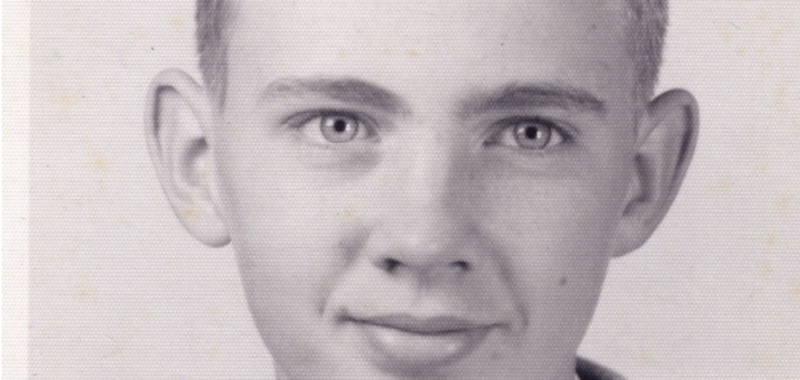If they can put a man on the moon, why can’t they cure male pattern baldness? It’s not easy being bald. In winter, you freeze; in summer, you burn. New follicles never “spring” up, and hair continues to “fall.” That pretty much describes the seasons of my discontent.
You would think that at age 80, I would have come to grips with my shiny dome. After all, I had the highest forehead in sixth grade. In eighth grade, unfeeling savages in my class would taunt, “Hagan’s hair is starting to wave. Yeah, wave bye-bye.”
I had won the “Most Bald” award at high school and college reunions so many times that I have been declared a professional and am no longer allowed to compete.
Of course, being 18 but looking 35 has, at times, been a substantial benefit. I was in great demand in high school and college for beer procurement. Most clerks would give me the once-over and never ask for two pieces of identification. Working on a “five cans for thee and one can for me” six-pack commission, I was never short of the sudsy brew.
In medical school, my patients averred they were glad to have an older, more experienced staff physician and not one of those really young medical students. When I was in my mid-60s, an 83-year-old female patient went on and on about how good I looked and how youthful I appeared. Diet and exercise, thought I. “You and I are about the same age,” she concluded. “How do you do it?” Perhaps in self-defense, I concluded it was about time to do something surgical about her cataracts.
But in general, at least prior to the pioneering work on behalf of the hair-challenged by Yul Brynner, Bruce Willis, and Michael Jordan, I have perceived male pattern baldness as a liability. The classic defense against baldness is the Caesar “comb-forward,” now known as “The Donald Trump.” As hair density diminished and the Caesar was no longer tenable, I receded into the comb-over, AKA “the flap top.”
Both of these hairdos require a meteorologist’s skill in understanding air currents; one learns quickly to never walk into the wind. Indeed, a challenge since my Caesar years occurred during medical school in that windiest of cities, Chicago. Several years into my comb-forward, I had achieved prodigious skills in effortlessly tacking into the wind. However, my herky-jerky, multi-directional gait began to attract attention. A friend asked me why I walked like a sailboat; a fellow medical student expressed concern about a possible cerebellar lesion. On another occasion, rounding a corner onto Michigan Avenue, a strong headwind lifted the comb-over into its fully erect position, causing the hair flap to flail like an animal in pain. A nearby terrified child screamed in horror, “Look, Mommy, the man’s head is coming apart.”
In college, I made serious inquiries about faux hair, coarsely “wigs,” or more politely, “toupees.” Shortly thereafter, a fraternity brother came to my room at the frat house and announced, “There is some fat guy wearing a really bad wig here to see you.” The rug merchant’s unconvincing hairpiece looked like a runt-sized beaver pelt. I was dubious of his earnest assertion that “not even my wife knows I have a hairpiece.” Poor woman, I thought. I wonder what kind of seeing-eye dog she has. I rejected the toupee as I later did spray-on “Chia” hair.
Because hope—but definitely not hair—springs eternal, along the way, I have conducted extended hair-raising experiments using patent medicine products that were massaged into the scalp. While none grew hair on my head, I spent years shaving the tips of my fingers. Minoxidil produced an uneven frazzled layer of fuzz that would embarrass a stunted peach.
More cruel irony: my brother Warren, a brilliant double board-certified plastic surgeon with a distinguished career in research, academia, and private practice, had gone into a “hair-raising”” new job. He was the leading Kansas City hair follicle placer for the world’s largest hair replacement corporation. His assessment of how my pate might be rehabilitated? “Not enough donor material.”
My wife’s hairdresser, Roberto, says she has the thickest hair he has ever seen. He laments that he has to resharpen his scissors after he styles and thins her hair. Every month or so, my wife’s thick coif appears in my dreams to haunt me.
Alas, I have concluded the only thing that always stops male hair from falling is the floor.

John C. Hagan III, eighth grade. His wavy hair was getting ready to wave “bye-bye.”

John C. Hagan III, MD, early 70’s. His rage against male pattern baldness continues unabated.
John C. Hagan III is an ophthalmologist.

